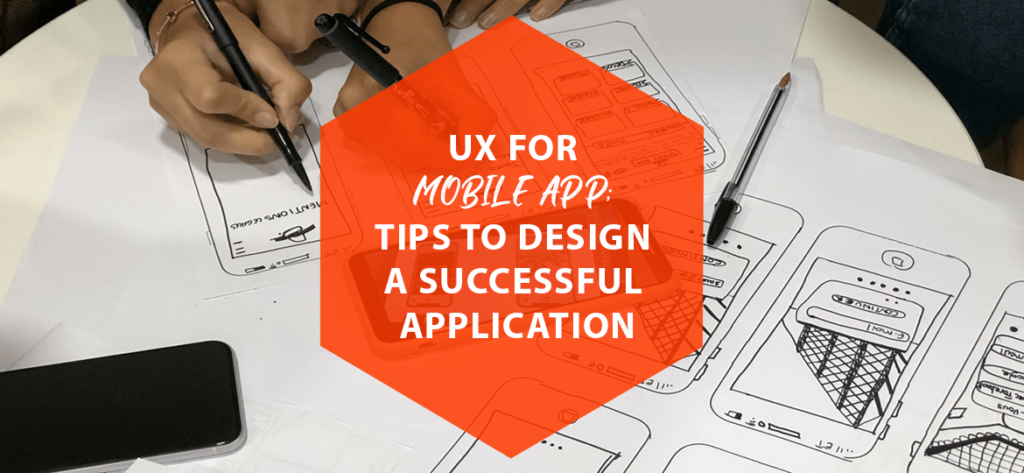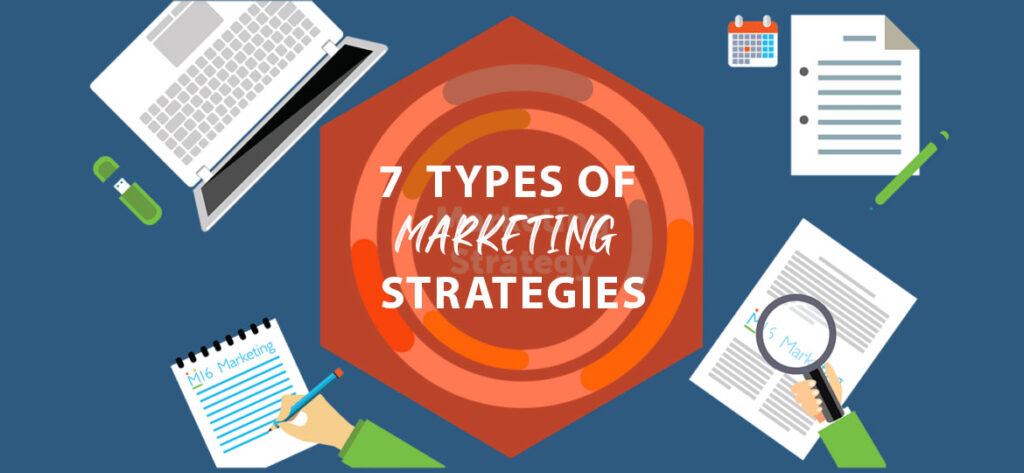UX is a term that is closely related to the Digital universe today, from websites to apps.
There is a lot of attention to be paid to the various aspects of your digital product. Some of them are already well-known and generic. In this article, however, we want to give you some very concrete and specific ideas on some best practices that can really make a difference and that, perhaps, you haven’t read elsewhere yet.
These are some good advice from two large Google studies on best practices for app developers: Principles of Mobile App Design (2016) and mobile App UX Principles (2015), which are still very current and useful despite the release date.
Ready to learn tips to design a successful app? Let’s go!
User Experience: some context
We define User Experience as the set of perceptions, emotions and attitudes that a user has when relating to an object (tangible or not).
In the digital world, we talk about the UX of websites, software, web apps or mobile apps and this concept is strongly linked to aspects such as:
- User interface configuration
- Graphic and/or photographic communication
- Development
Let’s look at some really useful tips and ToDos to design a mobile application that fully satisfies your users.
You will notice that there are many points in common with UX for ecommerce. This is natural and physiological. However, for those involved in mobile app development, additional technical tips and tricks are required.
UX for mobile applications: general (but valuable!)
One of the first aspects to consider when designing an app is undoubtedly Usability. And its basic principles. Usability, a concept now known to many, also includes preliminary considerations on:
- Purpose and objective of the application
- User Type
- User Expectations
- Make Functionality available to the end-user.
All these aspects entirely fall within the cost of an app. Although, at this stage, no codes and databases are being handled yet, consider various best practices to move on to a graphic and conceptual prototype of the main use workflows.
Here are some guidelines:
- Predict the presence of the most important CTAs (Call to Action) on each screen
- Insert buttons large enough to allow a comfortable tap by the user. The Android guidelines for developing the App recommend dimensions of 48dp, while iOS of at least 44dp.
- Pay attention to the font size (minimum size 11px) and the adequate contrast of the significant elements with the background.
- Place the main buttons within reach of your thumb: the average user uses his smartphone with his right hand. And this typical posture and gestures should also be expected while using the App.
- Provide system messages (such as errors, recommendations, etc.) or information messages that do not hinder the final purpose of the user. But it must constitute a valid help and an effective push to make the desired choices.
- No fear of white spaces! Much better to present fewer (but significant) elements above the fold. Don’t burden the eyes and mind of your user on a single screen.
Best Practices for operational part
Other vital considerations and general best practices concern the more operational part and are:
- Avoid long waiting times for your user and, if necessary, provide a loader.
- Add a browser inside the App to open any links to online resources: getting the user out of a mobile application often means losing them.
- Wait for the best time to request the Android or Apple store review. It is not advisable to request feedback from your user after only 30 seconds of use or when he has not yet done significant actions within the App.
Search in Mobile Apps: let’s make it UX friendly.
There are different types of apps that require a search. Apps for online booking, apps for shopping and purchasing services on offer or apps for consulting documents.
In all these cases, the user has very specific goals that he wants to see satisfied with the minimum effort and maximum effectiveness.
Here is what Google recommends to make life easier for users of these apps:
Autocomplete input fields: the less you type, the happier your user is. Predict auto-completion of fields based on previous searches or the results of your catalogue.
Shows recent searches already carried out by your user – very often, you go back to your own searches to review and re-evaluate the results.
- In the online booking forms (such as in the case of a hotel or SPA), it pre-populate the fields with valid values. The user who is perhaps still in a higher part of the funnel and just wants to “test the waters” will only have to tap on the search start button.
- Consider adding Vocal Search in many cases. Users search in conditions where writing is uncomfortable.
- In the search results, give space above the fold to a maximum of 5 results. However, these results must be strongly relevant to what the user has asked for.
Is the search not producing relevant results? Notify your user and provide viable alternatives.
- Give your user the ability to sort search results according to their taste and filter them granularly.
- Don’t hide the search field in the menu, but keep it visible and accessible.
The UX of forms and forms on mobile apps: what to do in practice
Now let’s move on to the element that, in many cases, constitutes the real conversion: the module!
The form to fill out in many apps is the final step we want the user to take. This can be a shipping data entry form in the case of a shopping app or a booking or contact form. Here we have to provide the user with speed and convenience and guarantee the least possible effort.
So here are the tricks you can take advantage of:
- Keep the field labels always visible. In this way, the user always knows what he is filling in, even if he gets distracted.
- Validate form fields as the user fills them out and not at the end of the process so that he can correct himself immediately without having to return to them later.
- Place the cursor immediately on the first field of your App form: you will save your user a tap.
- If possible, place icons next to the labels of the fields but without replacing the latter: using only the icons in most cases exposes possible misunderstandings. If you are looking for icons for your form fields, you can take a look at our collection of online tools for UI Design, where you will find plenty of ideas for the rest of your app design as well.
- Define your fields correctly by providing the numeric keypad where alphabetic characters or symbols are not obligatory.
- In the case of fields of type select, show the options horizontally above the keyboard and not vertically as a dropdown. Consider that the screens of mobile devices are cut almost by half when the keyboard is visible. Therefore, you risk that some options of your selections are hidden and force the user to scroll.
Plan to recover from data if your App crashes.
After completing the form field in, send the user to the final send button (Call to Action “Send Request” or similar) if it is below the fold to save him the scroll to send data.
Conclusions: No Good User Experience… No Party
We have seen a series of useful tricks and tips that can make a difference in the User Experience of app users.
There are undoubtedly several points of contact with the canonical rules of Usability on websites (and in particular on mobile websites), such as the principles for adequate readability or the permanent presence of fundamental CTAs. However, in the case of apps, certain precautions become even more important, given the increasingly widespread use and the habit of switching from one app to another in a very short time.
Then some principles apply above all to apps, as they respond to methods of use and the possibility of precise and specific frictions.
A good app designer must consider many aspects that guarantee correct functioning and pleasant use. So that it can keep uninstallation rates low and application usage statistics high.
Are you looking for a professional UX for mobile app that can guarantee you a really effective and pleasant mobile app? Contact us! Mavenup Creatives Our blown away Mobile app development services will give you bang for your buck.



